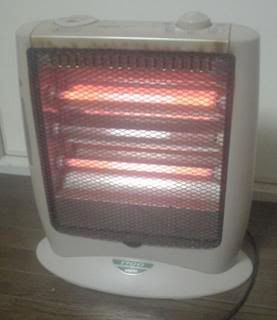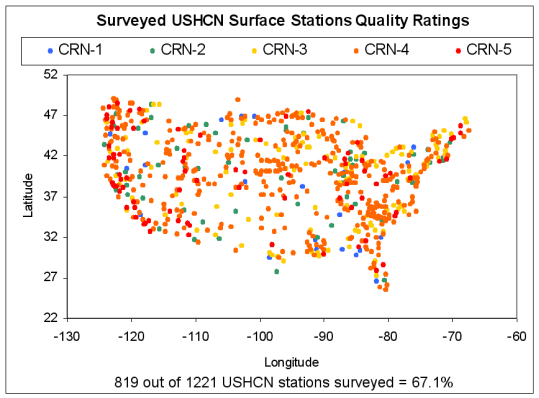Franklin Expedition – The Next Generation, continued… “A pioneering scientific expedition to help determine the lifespan of the Arctic Ocean’s sea ice cover”
Hot on the heels of the discovery that “live from the ice” biotelemetry data hosted on the Catlin Arctic Survey website was entirely fraudulent – a fact that wasn’t admitted until they were caught red-handed, this enlightening update from the official AGW cheerleaders at the BBC;
After enduring ferocious weather, it has emerged that British explorers studying the Arctic are struggling with a series of technical problems.
A portable radar device, known as Sprite, designed to make millions of measurements of the ice thickness has been dogged by breakdowns and uncertainties.
The problem hasn’t stopped NASA from publishing their “data”.
Another instrument, SeaCat, meant to measure the temperature and salinity of the water beneath the ice-cap, has malfunctioned as well.
The expedition’s organisers insist that other research – such as regular drilling through the ice – has meanwhile been carried out successfully.
[…]
So with the team’s early progress anyway hampered by the weather, the Sprite only gathered data over a total period of seven hours of trekking in the expedition’s first 18 days.
These equipment failures remained unmentioned on the Catlin Ice Survey website until just a few hours ago. It was edited in real time as the crew at Watts Up With That were digging through their files.
But you have to admire their resolve. If you’ve ever gone camping at even near freezing temperatures, you know how cold it is trying to get into stiff clothes in the morning. So cold you can see your breath.

So, imagine how you’d fog over standing in an ice field, in the dark, with the bright light of a camera shining on every word…

No, I don’t know what that means. It’s just damned interesting.
Here’s something else that’s interesting. Recall the side by side polar ice photos I display here from time to time, showing the arctic cap much larger in relation to last year –


Well, no longer. Cryosphere Today “can’t” provide new images for 2009.



















